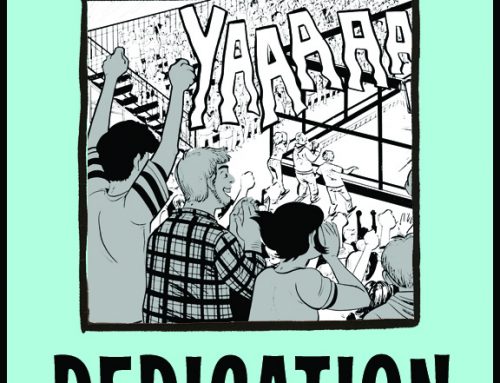test heading
(from the Nationaal Archief. Yes, our early schedule drafts may indeed be just as incomprehensible as this one is. What, you’re surprised?)
We finalize our publishing schedules over a year out.
What does that mean?
That means today, as I’m sitting at my desk, we’re assigning final publication dates in our schedule for our spring 2014 season — May, June, July, and August 2014. (And actually, I’m writing this post on April 17th, so ‘today’ is actually ‘a week ago.’ We’re planning even further out than you thought! It’s like a mind-vortex.) And when I say ‘assigning final publication dates,’ I don’t mean seasons or months — I mean actual week-by-week dates on the calendar for every single book in that spring 2014 season. We’ve been working on this version of the schedule for two or three weeks now; the dates will be final tomorrow morning.
So at this point, we have to be sure that these books are all definitely making these lists — that most if not all of the final art is finished if not turned in, the books have gone through our editorial process, we’re working on starting the conversation about cover design and figuring out the actual book design; I think at least one of these titles has already been completely laid out.
So we’re not sitting here, over a year out from the publication date, and saying, ‘well, we can publish BOOK X on June 17th, 2014, if the art is in by May 1st, 2014. And we definitely-probably know that’s going to happen.’ We’ve got a final list of the books we’re publishing for spring 2014 with most of our materials in and we’re in the process of designing books out of them right now.
Rather than making our month-by-month or week-by-week scheduling decisions on the materials due-dates, we make them based on opportunities. What does that mean? Well —
Is a certain book a strong candidate for an extensive author school visit schedule? We’ll want to publish it in the winter or in early fall so that the author can go talk to students in the classroom. If we’re publishing it in spring, it should go in the first possible release date.
Does a book’s author have a strong relationship with a convention? We’ll plan to publish the book in time for it to debut at the show.
Are we publishing a book for the same age/audience/media outlets on that same day? Maybe we should move this book to another month so we don’t have to make booksellers or media or consumers chose between two great books of ours to feature.
Are we publishing five other books on the same day? Maybe we shouldn’t do that, so we’re able to give each book its time in the spotlight.
Does the book have a seasonal hook? Is it about love (Valentine’s Day) or summer (summer books come out in early spring) or school (September)? We should put it in a month where stores and media will be able to best feature it.
Once we’ve performed this tightrope balancing act with our whole season of books, it’s pretty difficult for us to change our publication dates. Our schedules are like those mobiles that are all hanging interdependent pieces — if you move BOOK R out of May to July at the last minute, what can we switch to fill its place so that we’re not accidentally publishing four books in July and only one in May? And will BOOK J that we’re moving up now miss out on the opportunities that we were planning on for its July publication?
Why do we work this far in advance? Well, one of the reasons is that we like being prepared. (No, really).
We also work with a number of distributors and stores and schools and libraries who we want to be able to give accurate early information to when they need it so they can best sell and promote our books and nominate them for awards — in some cases, this can be as far as eight to twelve months before a book’s publication date. We also print our color books in China, and we’ve got an extensive proofing process for all of our books (at least three rounds of proofs and one set of blues) after we send them to the printer, so the shipping and the proofing both take up a great deal of time.
In short: we want the books to be the best possible books, and we want to create a publishing schedule for them so they hit the time of the best opportunity for them to make a splash in the marketplace.
So we take a long view of things.





